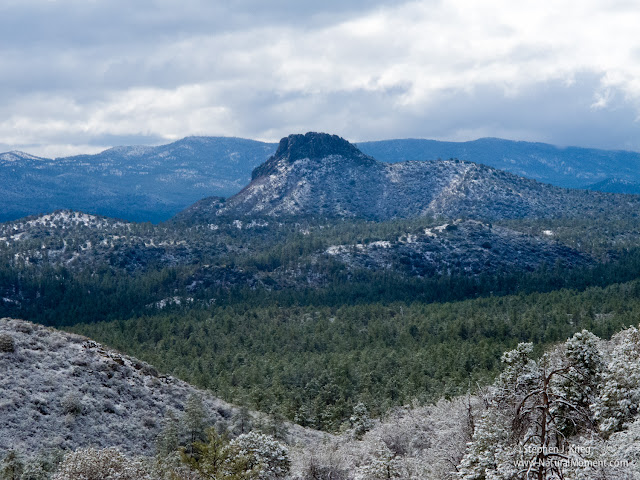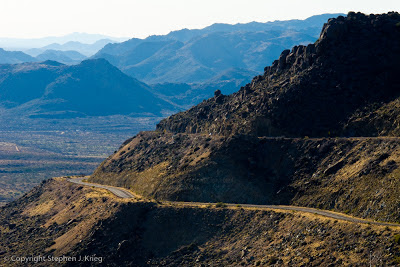 |
| Photo: Sunset beams, Chino Valley, Arizona. [Click on image for larger version] |
As this photo shows, it doesn't take many of the right kind of clouds to dramatically enhance the sunset colors. A few puffy clouds above the horizon and there you have it. The moisture in the sky made the sun's rays stream out into sunset beams, and the clouds acted as reflectors of the warm yellow colors.
Photo Location: Little Chino Valley, Yavapai County, Arizona.
---------------
My YouTube Channel: naturalmoment | my website: NaturalMoment.com
All content © Stephen J. Krieg. Prior permission required for usage.
---------------







































